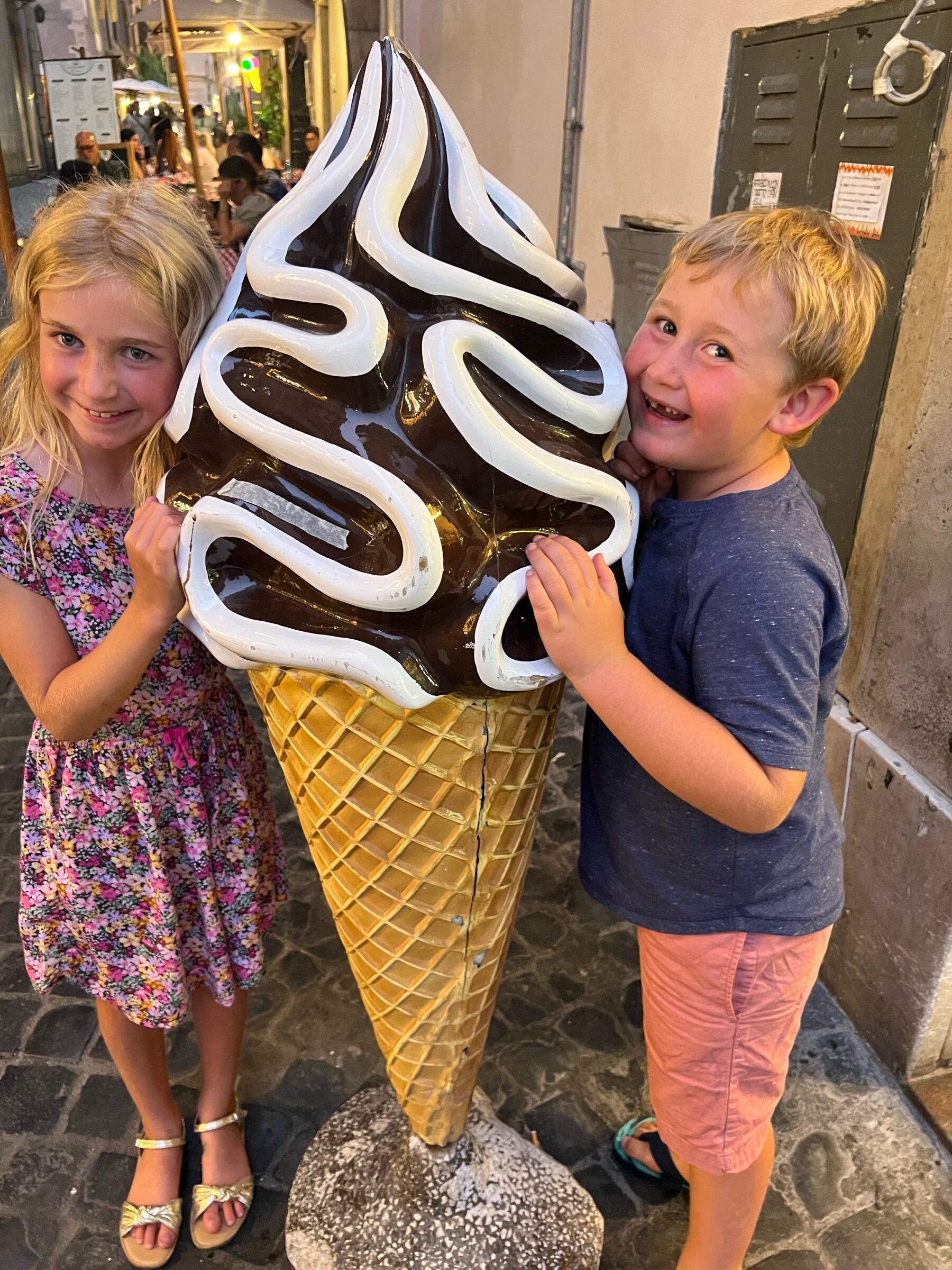I just got back from a dreamy vacation in Italy. We stayed near Piazza Navonna while we were in Rome, which is a lovely square full of restaurants and people watching. The restaurants were all the same, though… pizza, pasta, and gelato. In fact, my husband has a running joke that there is a shared underground kitchen in the Piazza. Despite the near-identical food offerings, though, some restaurants were always full with a line to boot, while others had empty tables from time to time.
What did these full restaurants do that the other’s didn’t?
They created a contagious concept. Here’s how:
If you haven’t read the book “Contagious” by Jonah Berger, it’s a fun read. In it, he discusses his research on six key elements that cause information to spread, called STEPPS. Here they are:
Social Currency: Making people feel like insiders.
Triggers: Something you think about regularly (Cheerios have more mentions on social media than Disneyland because we eat breakfast everyday and talk about it).
Emotion: What evokes awe?
Public: Symbols that make us feel cool when others see them (Livestrong bracelets).
Practical value: We readily give our email away for discounts or information in return.
Stories: We remember stories six times better than information.
In the book, Berger gives an example of a $100 cheesesteak as having many of the elements needed to become “contagious” (or well known). Made by Barclays, the cheesesteak was served with lobster tail on top and accompanied by fine champagne. When someone ordered that cheesesteak, several things happened.
- They felt like an insider: They had experienced something that very few people might be willing to pay for and/or experience.
- People who witnessed it and/or ate it talked about it… not only at that meal but at many dinners to come.
- People were undoubtedly in awe (or surprised… which is an emotion that contains awe) over the fact that not only does this cheesesteak exist, but someone actually ordered it.
- A $100 cheesesteak is very public.
- A $100 cheesesteak makes for many great stories.
As for practical value… I suppose there isn’t much in a $100 cheesesteak, but with five out of six theories on “contagion” at work, Barclay’s probably doesn’t need it.
Now let’s go back to Piazza Navona in Rome. Sure enough, all of the restaurants that were full and had lines had at least three of the elements of “contagion” discussed above. One night I had chocolate dipped gelato at the Frigidarium. It was the only gelato place in the area that had that… and it was also the only gelato place with a line around the corner. Apparently dipping things in chocolate in Italy is rarer than doing to in the United States.
When I received my cone, biting into the chocolate was awe inspiring because I was having an experience that only the brave souls who stood in that line could have (even despite the fact that I’ve bitten into a chocolate dipped cone several times… the rarity of this and the hype made it special). Every time I’ve eaten dessert since, I’ve thought of my surely once-in-a-lifetime experience (trigger). And a simple Google search stateside shows me that I’m not the only one talking about Frigidarium… all because of a chocolate shell. They also made up a neat Italian name for it that I can’t remember… but I did feel like an insider to be eating it. You get my point.
What can you do in your business that takes it from well-known to contagious? I’d love to hear your ideas!











